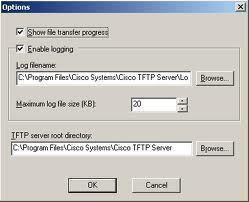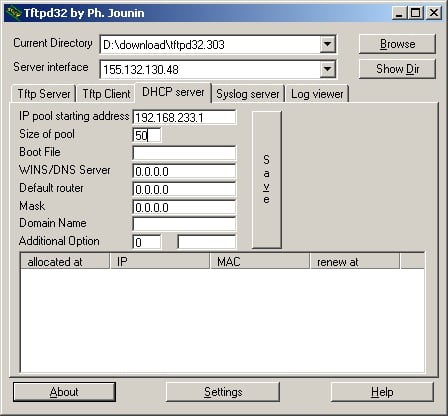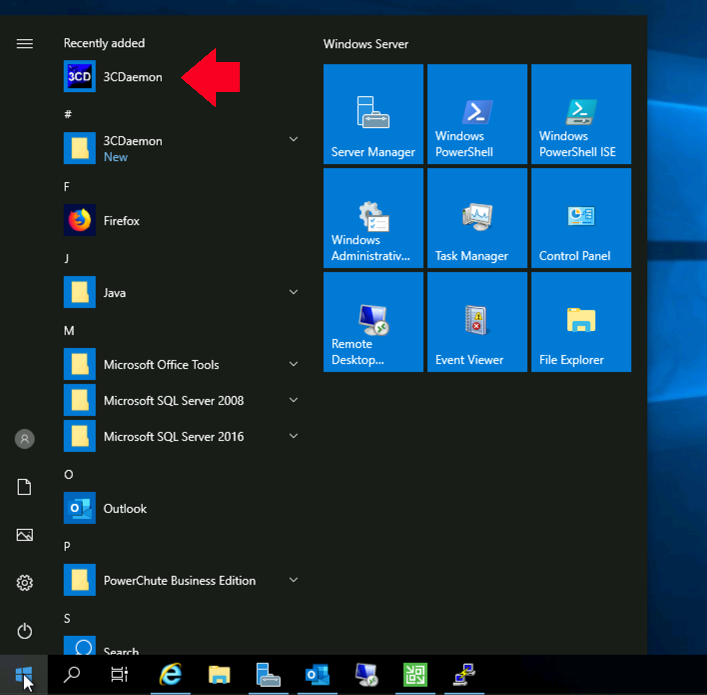

With it, you can concurrently upload and download images from multiple network devices. As noted the program is a multi-threaded server. Also, as an additional parameter, you can limit the usage to send or receive files directly to the server. These transfers are secure as it lets you authorize specific IP addresses or ranges of IP addresses. The app also allows file transfer of up to 4GB without file size concerns. You can also upload or download configurations to multi-vendor network devices. Here, you can backup and restore IOS files and hardware configuration from TFTP servers back and forth. The most likely use of this app is for the storage of network equipment configuration files and forwarding patches, as well as firmware updates to routers and switches. NetNorad publishes latency maps periodically, DHCP consumes it.Solarwinds TFTP Server is a TFTP protocol. LBs are gone: which TFTP server will serve a given client? Root='/var/tftproot/', print_session_stats, Print('Server stats - every seconds’.format( Server_addr, peer, path, options, self._root,īaseServer class ties everything together:Ĭounters = stats.get_and_reset_all_counters() RFC1350, RFC2347, RFC2348, RFC2349Ī file-like class that represents a file served:ĭef _init_(self, server_addr, peer, path,Ī class that deals with a transfer session:ĭef get_handler(self, server_addr, peer, path, options): …A python3 framework to build dynamic TFTP servers Push your own statistics (per session or global).Option, Timeout Interval and Transfer Size Options. Main TFTP spec, Option Extension, Block size.Traditionally used for netboot (with DHCPv)Ī look in the past ~2014 (and its problems)
OPENSOURCE TFTP SERVER CODE
UDP based -> produces small code footprint It’s common in Data Center/ISP environments POPs: Point of PresenceData center locations We will look at practical examples of how touse it, along with a little code, to build your own server that are tailored to your own infra needs.įBTFTP: an opensource framework to build dynamic tftp serversįacebook’s Python3 open-source framework to build dynamic tftp servers I’ll discuss the specific problems that motivated us to create it. I will take you thru the framework and the features it offers. To address those limitations we ended up writing our own framework for creating dynamic TFTP servers in Python3, and we decided to open source it. Limitations that were partially due to our scale and the way TFTP was deployed in our infrastructure, but also to the protocol specifications based on requirements from the 80’s.
OPENSOURCE TFTP SERVER INSTALL
They allow machines to bootstrap themselves and install operating systems off of the network, downloading kernels and initrds via HTTP and starting them up.Īt Facebook, we have been using the standard in.tftpd daemon for years, however, we started to reach its limitations. It is used, together with DHCP, to chain load Network Boot Programs (NBPs), like Grub2 and iPXE. It is therefore a crucial protocol deployed in almost every data center environment.

TFTP is very simple to implement, and one of the reasons it is still in use is that its small footprint allows engineers to fit the code into very low resource, single board computers, system-on-a-chip implementations and mainboard chipsets, in the case of modern hardware.


TFTP was first standardized in ’81 (same year I was born!) and one of its primary uses is in the early stage of network booting.


 0 kommentar(er)
0 kommentar(er)
